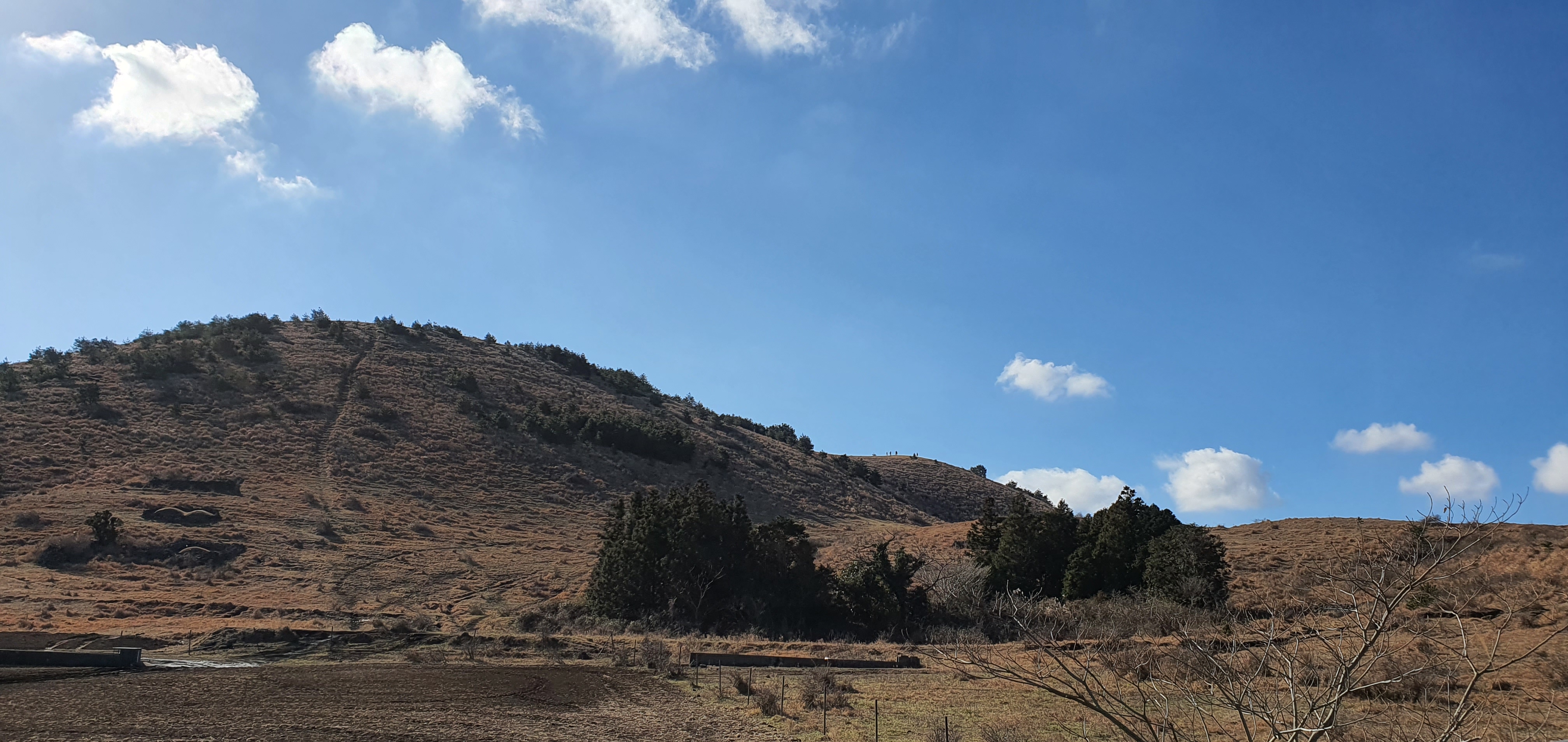1. 문제
2. 풀이
3. 코드
4. 결과

1. 문제
문제 링크 : https://www.acmicpc.net/problem/11437
11437번: LCA
첫째 줄에 노드의 개수 N이 주어지고, 다음 N-1개 줄에는 트리 상에서 연결된 두 정점이 주어진다. 그 다음 줄에는 가장 가까운 공통 조상을 알고싶은 쌍의 개수 M이 주어지고, 다음 M개 줄에는 정
www.acmicpc.net
문제
N(2 ≤ N ≤ 50,000)개의 정점으로 이루어진 트리가 주어진다. 트리의 각 정점은 1번부터 N번까지 번호가 매겨져 있으며, 루트는 1번이다.
두 노드의 쌍 M(1 ≤ M ≤ 10,000)개가 주어졌을 때, 두 노드의 가장 가까운 공통 조상이 몇 번인지 출력한다.
입력
첫째 줄에 노드의 개수 N이 주어지고, 다음 N-1개 줄에는 트리 상에서 연결된 두 정점이 주어진다. 그 다음 줄에는 가장 가까운 공통 조상을 알고싶은 쌍의 개수 M이 주어지고, 다음 M개 줄에는 정점 쌍이 주어진다.
출력
M개의 줄에 차례대로 입력받은 두 정점의 가장 가까운 공통 조상을 출력한다.
2. 풀이
입력받는 노드들의 부모-자식, 깊이를 알 수 없기 때문에 트리 형태로 정해줘야 한다.
따라서 BFS를 활용해서 depth랑 parent를 정한 다음 LCA를 구하면 된다.
공통 조상을 구하는 방법은, 이전 문제에선 한 노드의 부모를 쭉 구하고 거기서 찾는 방법을 사용했지만
두 노드의 depth를 맞춘 다음 부모로 하나씩 거슬러 올라가는 방법이 더 효율적이다.
3. 코드
import java.io.BufferedReader;
import java.io.IOException;
import java.io.InputStreamReader;
import java.util.*;
public class Main {
//root 1
static int N;
static int M;
static Node[] nodes;
static ArrayList<Integer> answer = new ArrayList<>();
public static void main(String[] args) throws IOException {
BufferedReader br = new BufferedReader(new InputStreamReader(System.in));
StringTokenizer st;
N = Integer.parseInt(br.readLine());
nodes = new Node[N+1];
for(int i=0; i<N+1; i++){
nodes[i] = new Node(99999);
}
//root
nodes[1].depth=0;
int i1, i2;
for(int i=1; i<N; i++){
st = new StringTokenizer(br.readLine());
i1 = Integer.parseInt(st.nextToken());
i2 = Integer.parseInt(st.nextToken());
nodes[i1].linkedNodes.add(i2);
nodes[i2].linkedNodes.add(i1);
}
BFS();
M = Integer.parseInt(br.readLine());
for(int i=0; i<M; i++){
st = new StringTokenizer(br.readLine());
i1 = Integer.parseInt(st.nextToken());
i2 = Integer.parseInt(st.nextToken());
answer.add(LCA(i1, i2));
}
for (int ans: answer) {
System.out.println(ans);
}
}
//루트부터 BFS를 해서 각 노드들의 depth, 부모 결정 가능
public static void BFS(){
Queue<Integer> q = new LinkedList<>();
q.add(1);
while(!q.isEmpty()){
int curNum = q.poll();
Node cur = nodes[curNum];
for(int childs : cur.linkedNodes){
if(nodes[childs].depth > cur.depth){
nodes[childs].depth = cur.depth+1;
nodes[childs].parent = curNum;
q.add(childs);
}
}
}
}
public static int LCA(int a, int b){
int aDepth = nodes[a].depth;
int bDepth = nodes[b].depth;
if(aDepth != bDepth){
while(aDepth > bDepth){
a = nodes[a].parent;
aDepth--;
}
while(aDepth < bDepth){
b = nodes[b].parent;
bDepth--;
}
}
while(a != b){
a = nodes[a].parent;
b = nodes[b].parent;
}
return a;
}
}
class Node{
int depth;
int parent;
ArrayList<Integer> linkedNodes = new ArrayList<>();
public Node(int depth){
this.depth = depth;
}
}4. 결과

'알고리즘 > 문제풀이' 카테고리의 다른 글
| 100. 아맞다우산 (백준 17244) [JAVA] (0) | 2021.07.31 |
|---|---|
| 99. 중복 제거 (백준 13701) [JAVA] (0) | 2021.07.28 |
| 97. 이진 탐색 트리 복원하기 (백준 18240) (0) | 2021.07.11 |
| 96. ㄷㄷㄷㅈ (백준 19535) (0) | 2021.07.09 |
| 95. 가장 가까운 공통 조상 (백준 3584) [JAVA] (0) | 2021.07.04 |

Comment